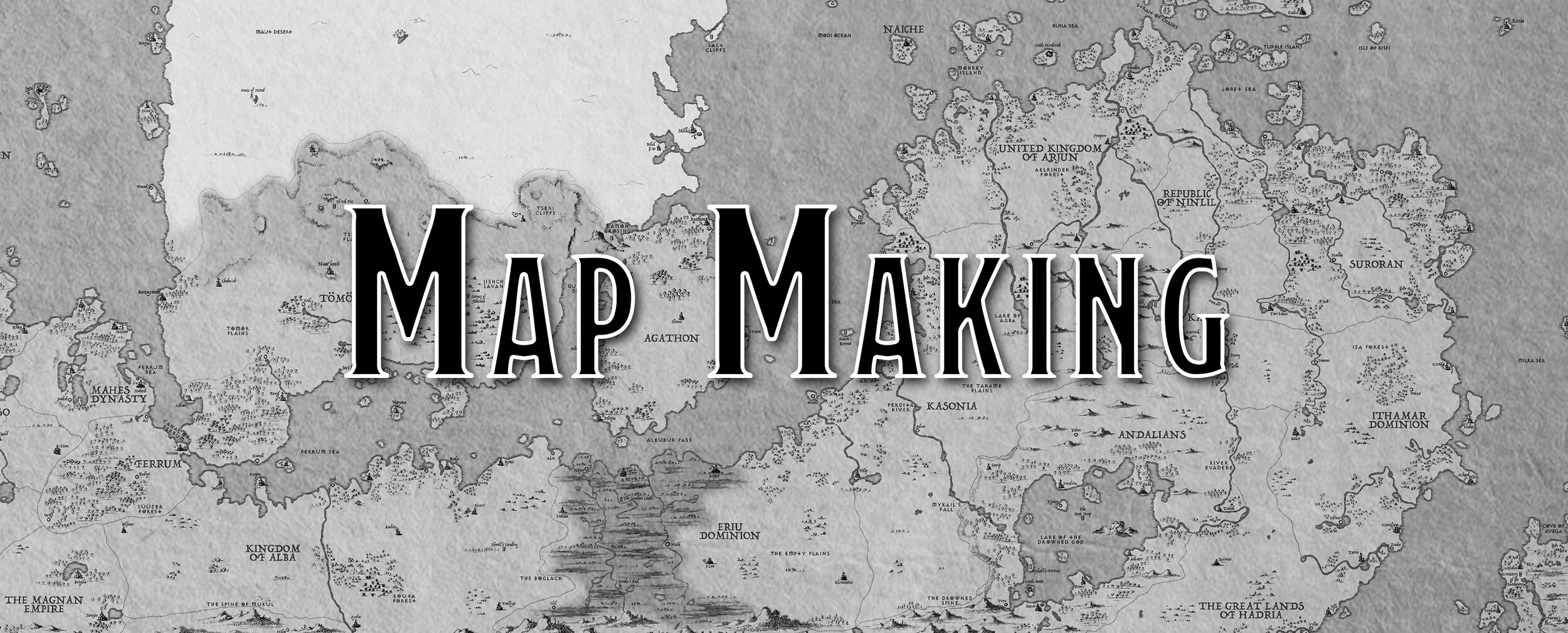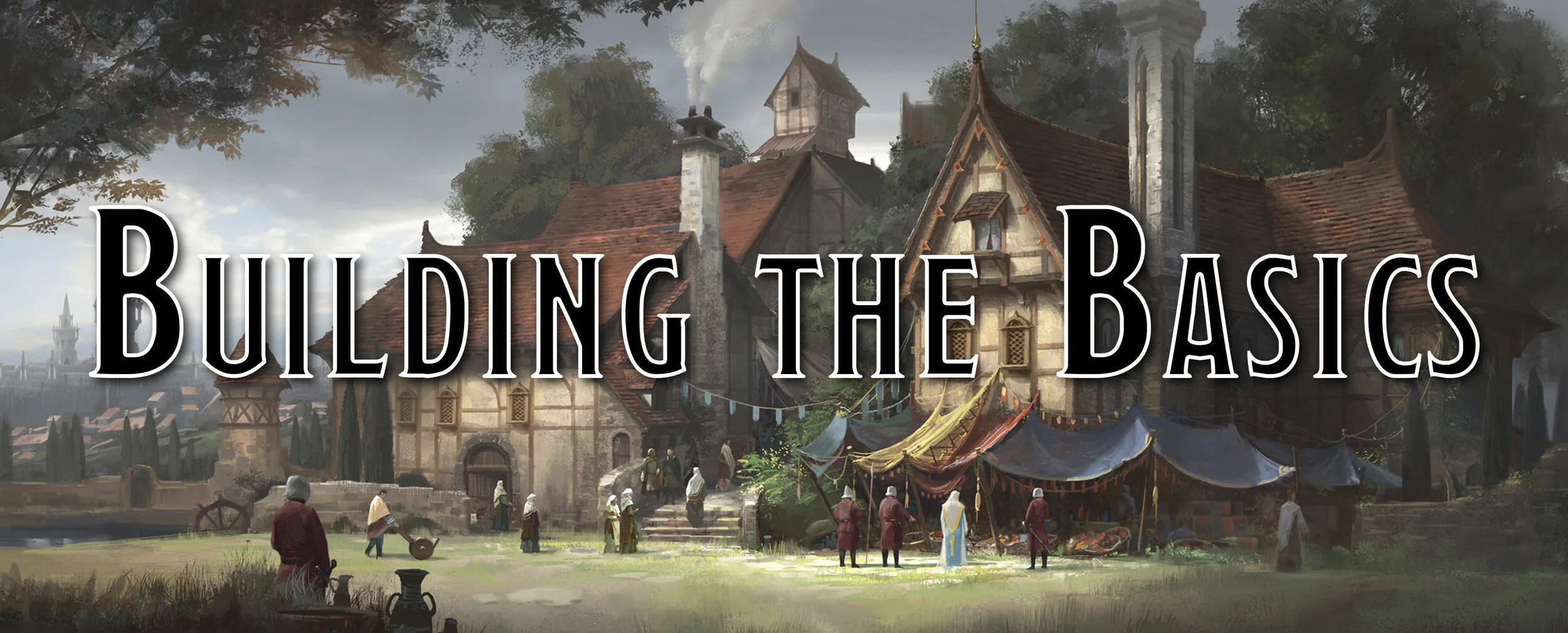Homebrew - Beast Templates
Beasts kind of get a bad rep in Dungeons & Dragons, bears are fights for level 1 adventurers, wolfs can be taken down easily, even a walrus is less of a fight than taking on an orc. These poor beasts never stand a chance against any of the creatures in this magical world, and frankly, it is surprising that any of them are still around when you have roving bands of giants, ankhegs, and adventuring murder-hobos who have been voted most likely to save the world. It’s tough being a beast.
To that end, I like using natural beasts. At higher levels, its nice to give the party something to fight that is recognizable and not as crazy as the rest of the multiverse. Fighting a beast doesn’t require them turning to stone, countering spells, or watching as one of their allies are horrifically covered in acid. Beasts are, if it comes to it, simple fights that give the adventuring party a break from facing off against mind flayers, beholders, and other horrific creatures.
To help not only myself but everyone else, here are three templates to be used on beasts to bring something new into your game!
Even though these templates have been used a bit on my own monsters, not everything might be balanced across every creature. Be sure to look over a creature and make sure nothing is standing out too much in case something interacts badly with the template. In addition to that, Challenge Rating in 5th edition is questionable at best when it comes to monster design, and keep in mind that you are the DM. If something doesn’t seem or feel right about a monster, feel free to deviate from the template and adjust to best match your table.
Elemental Beasts Template
If you ever wanted to journey the multiverse, specifically the Inner Planes, and thought what weird creatures might lurk there? Or what can you add to the planes to make them feel lived in, this template is perfect for you.
The Inner Planes are elemental planes with the most popular and well-known being Air, Earth, Fire, and Water. We are used to the elementals and genies of those planes, but if you wanted to populate those worlds, you’d need more than just those elusive creatures. That’s where the beasts come in because those planes have their own ecosystems and their own natural creatures that mirror those found on the Material Plane. These elemental beasts, often called Animentals, thrive on these planes and they have evolved to better fit those planes. A fox could be running across the Plane of Fire because it now has fire immunity, just as a squirrel could fly around the Plane of Air as it now has a flying speed and has control over the air.
These beasts are only slightly stronger than the Material Plane cousins, with a single additional hit die, as that’s just my opinion that they are slightly healthier than regular beasts, and gain certain traits based on which of the four major planes they are found on. Fire traits include fire immunity but also dealing fire damage on melee attacks, while water traits include breathing water and gaining a swim speed.
On the other hand, keep in mind that these beasts are exotic and so you might save them as a reward for your druid to learn how to transform into. While they aren’t much stronger than a normal beast, they do have a bit of an elemental advantage and a few more hit points which can be a nice point of difference for a druid and give them more options than they normally have.
Dire Beast Template
Our next template is on making fearsome and massive beasts that can scare the pants off any adventurer who thought to themselves… a beast? How dangerous can it be? These huge creatures, and I mean mechanically huge, are just your regular beasts but cranked up to 11 and given more hit points, strength, challenge rating, and updates to its attack.
These creatures are massive and are going to be a challenge for those DMs who don’t want to have dinosaurs in their world, but still have scary beasts that can come in and beat on their players for a bit. This template is just meant for beasts of CR 1 or lower, you can use this on stronger beasts, but they might not grow in power as much as those lower-level beasts and I can’t guarantee how balanced the creature will be.
Up first, you make the beast huge. You then get to change their hit die to match that (d12 hit die for huge creatures) and then triple their hit die to a minimum of 10. This means most of these low-level beasts will just have 10d12 hit die, but a few of the stronger ones may have 12 hit die. After that, you get to boost it’s Strength and Constitution up, give the beast multiattack, update its damage dice, and give it some reach. Your new beast is complete!
These beasts are challenges for 4th to 7th level adventures, giving them a bit more relevance when the party decides to take a short cut through the haunted forest of giant beasts. It also gives your moon druids a personal quest to go and catalog these huge beasts. A druid can only transform into beasts they have closely studied, and this can be a great reward for moon druids because they have very few options at higher levels, especially if you dislike dinosaurs roaming through your forests.
Beast Lord Template
Our final template is for making the protectors and guardians of beasts, and transforms those beasts into humanoids. These individuals are often found on the Beastlands, though they may choose to journey to the Material Plane if a lot of beasts that they oversee are being hurt or attacked by outsiders. They normally don’t take part in the day-to-day events but are fierce protectors of those they serve and lead.
This template requires a bit more work and can create widely different monsters than what first goes into them. A creature of CR 0 to 1/2 will make a weaker beast lord, only around CR 5 to 7, while a CR 1 beast makes a CR 10 beast lord, and a CR 8 beast makes a CR 20 beast lord. This power boost involves more hit points, more attacks, legendary resistances, and legendary actions, giving the beast lord more chances to strike out against those who would defile their lands and beasts.
These individuals are shapechangers, able to transform in and out of their beast forms and into their true, humanoid forms. The lore behind beast lords begins back in 2nd edition of Dungeons & Dragons, and they often start out as druids or rangers before slowly becoming more and more beast-like. They often remain in their beast form, though can change into a humanoid form if talking to outsiders. They often display animal-like traits, like having long and thick nails that resemble claws, or a short muzzle if they oversee canines.
When making these lords, it’s important to keep an eye on their damage and determine their CR off of that. Some of the more powerful beasts, like a t-rex, can do an explosive amount of damage and so there are restrictions on how many times a beast lord can make a bite attack as that is often a beast’s most powerful attack.
Wrapping Up
Those are my three templates for beasts, and I hope that you can get some use out of them, and keep beasts just a bit longer in your own campaigns. Sadly, our furry, feathered, or scaley friends don’t get as much love as they deserve, and game companies really undervalue just how fearsome a beast can actually be. Maybe I have the stat block of a commoner, but I am confident I’d never want to fight a bear even though the game system informs me that I can do it and it won’t be too hard.
If you want a printer-friendly PDF of this homebrew, or any other homebrew or tool we’ve made, consider supporting us on our patreon! All hombrew that I’ve created or will create in the future will be uploaded to our patreon in printer-friendly versions. We appreciate any and all support!
Like what we are doing here?
Support us on Patreon!
You’ll get early access to deep dives, our Homebrew Hoard, and more!
Follow us on Twitter to keep up to date on everything we talk about!



